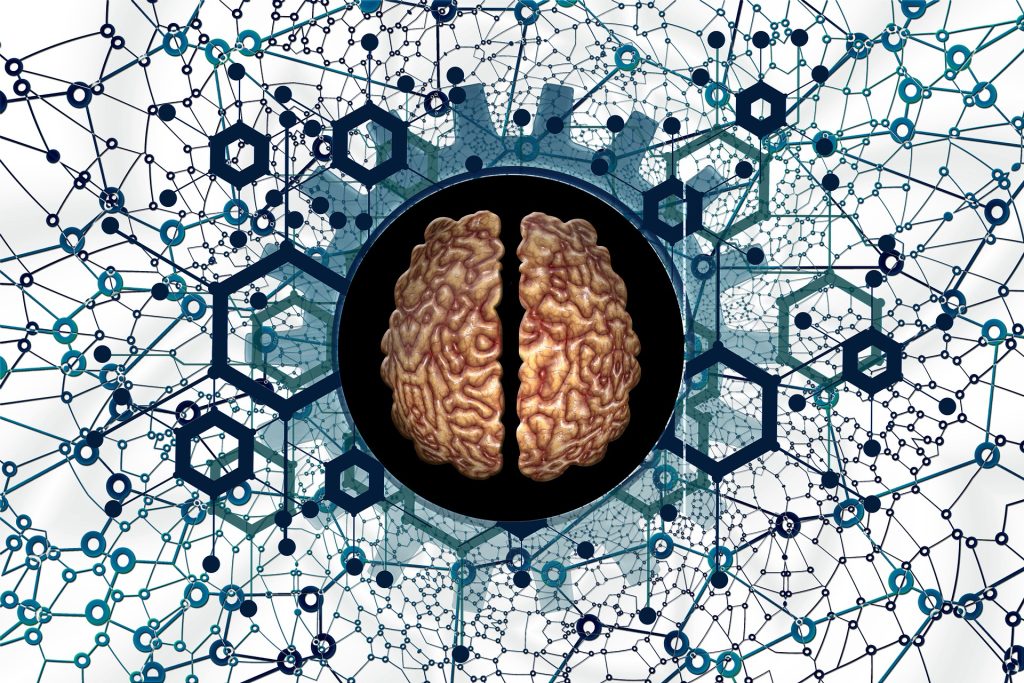
Scientists have found that adding an extra robotic “thumb” worn by healthy individuals results in reorganisation and shrinkage of the brain region devoted to controlling the other thumb.
The findings come from ongoing research at University College London (UCL) into a 3D-printed robotic thumb known as “Third Thumb.” Worn on the dominant hand and operated by moving the big toe, volunteers equipped with them rapidly learned how to use the extra thumb to do all sorts of tasks—lifting, carrying, sorting and stacking multiple objects with their single enhanced hand.
However, MRI scans showed that after just a few days, participants’ brains had reorganised the natural hand’s ‘representation’ in a region associated with movement, effectively shrinking it. The researchers are not sure whether this is good or bad.
But they said it should give the growing field of ‘motor augmentation’ something to consider going forward.
Motor augmentation refers to robotic devices that can act as extra fingers or even a whole arm, with the aim of expanding the normal human movement capacity.
It might sound like science fiction but there a whole range of real applications, according to researcher Dani Clode, the designer of the Third Thumb.
She cited the example of factory workers or engineers who routinely perform repetitive but physically demand tasks.
“An extra pair of hands or digits could assist them in difficult assembly situations, allowing them to do their job in a more safe and efficient way, and perhaps without assistance from others,” Clode said.
Workers already make use of robotic exoskeletons to reduce strain in physically demanding tasks, such as working underneath cars in assembly lines.
Tamar Makin, a professor of cognitive neuroscience at UCL, said robotic appendages could be used in everything from high-precision scenarios—like surgery—to mundane chores.
“There are so many things we could do if we had hand extension,” Makin said. “We could chop vegetables while stirring a broth, or sip our coffee while typing. The opportunities are endless, but because this is such a novel concept—and because our world has been designed to accommodate our five-fingered two hands—people might struggle to imagine what it could be used for.”
Though these robotic upgrades offer so many possibilities, there are many unknowns. And these latest findings, published May 19 in the journal Science Robotics, raise questions.
Makin, Clode and their colleagues had 36 able-bodied volunteers learn to use the Third Thumb, performing tasks in and out the lab.
The device is worn on the pinkie side of the hand, attached by straps that wrap around the wrist and palm. The wearer operates it by manipulating sensors strapped under each big toe.
Despite that complicated-sounding toe-robot coordination, the study participants became adept at using the thumb over just five days, the researchers said.
Some change in the brain is expected because the additional thumb forced people to alter the way they moved their hand, Makin said.
“What surprised us is how quickly this happened,” she said. “After five days of practice to use the thumb, their own hand representation—which they’ve been developing over the course of their entire life—has changed.”
The ability to use their natural fingers showed no signs of degradation, but that is something they will monitor going forward.
Neurologist Dr Eran Klein, an affiliate assistant professor at the University of Washington, who studies the intersection of neurology and philosophy, said he was unsure how much weight to give the new study’s findings. “The brain changes all the time in response to learning skills,” Klein noted.
Still, he believes the study raises interesting questions. Broadly, Klein said, there’s the matter of “what is lost” when humans outsource skills to devices, such as losing navigational ability with the use of GPS. With robotic appendages, Klein said, one issue is whether they’re inherently different from any other tool people use—like a screwdriver.
He noted that since the devices are worn on the body and resemble human digits or limbs, so it probably does. The question is what happens to the ‘schema’ of the body, but there are examples — such as people who use a cane, for instance, can start to feel it’s part of them, Klein pointed out.
“I think what’s interesting about this study,” he said, “is that it brings up the bigger question of, what are we going to allow as things that become ‘part of us’?”
Source: Medical Xpress

